House Cat That Looks Like a Cheetah: 5 Stunning Breeds Guide
Ever dreamed of having a pet that reminds you of the wild?Imagine a house cat that looks like a cheetah, with a coat just like a cheetah’s, but cozy on your couch. These cats are more than pets; they connect the wild with our homes.
Their beauty is wild and beautiful: fur patterns, fast bodies, and eyes that seem untamed. But there’s more to them than looks. Knowing their genetics, care, and stories makes them special friends.
This guide answers your questions: Why are their coats so striking? How are they different from regular cats? And how do you welcome a house cat that looks like a cheetah into your home? Let’s explore the science and wonder of these amazing cats.
Table of Contents
Introduction: House Cat That Looks Like a Cheetahs
Ever wondered about domestic cats that look like cheetahs? This guide explores how they mix big cat looks with everyday pet traits. It’s perfect for new owners or anyone curious about their striking looks and behavior.
What to Expect in This Guide
Learn how genetics create their unique patterns and build. See how their homes change from savannas to living rooms. You’ll also get care tips for their special needs.
The guide compares their traits to real big cats. This helps you see them as both wild-inspired friends and easy-to-care-for pets.
Distinctive Cheetah-Like Traits
These cats have bold rosettes or stripes like their wild cousins.
House cat that looks like a cheetah have bold rosettes or stripes, similar to their wild cousins. Their bodies are sleek and strong, with faces that have distinctive tear-stripe lines. Even though they’re smaller, they move quickly and gracefully, just like cheetahs.
Each trait shows how they balance being a pet with a hint of wild beauty. This makes them truly special pets with a unique story.
Understanding the Genetics Behind Their Unique Appearance
When you look at a house cat’s coat or spots, you see centuries of history. The domestic cat genetics behind these traits come from wild ancestors like the Asian leopard cat. Their DNA mixes with modern breeds.
Genes like coat patterns are shaped by the Taqpep gene. This gene controls stripe formation. It also affects how domestic cats get cheetah-like markings.
Breeds like the Bengal, a popular house cat that looks like a cheetah, and the Egyptian Mau, share genes from wild relatives. For example, the Bengal’s rosettes look like jungle patterns in big cats. These wild cat traits are passed down through selective breeding.
Breeders choose cats with genes for long bodies or unique markings. This makes them look more like cheetahs over time.
Even behaviors like agility or curiosity come from these genetic ties. When a cat runs fast, it’s because of inherited instincts. Scientists study these links to understand how domestication kept some wild traits.
This knowledge helps us see why our cat’s spots or sleek build are more than looks. They’re echoes of their evolutionary past.
Habitat and Lifestyle: From Wildcats to House Companions
House cat that looks like a cheetah maintain some wild instincts despite being domesticated. To make a happy home, mix their natural behaviors with comfort. They love to climb and explore, but they need to be safe.
Home Environment Adjustments
Provide vertical spaces like tall cat trees or window perches. Scratching posts with rough textures help them mimic trees. Puzzle toys that mimic hunting can satisfy their prey drive.
Secure outdoor enclosures, like those with reinforced fencing, let them safely enjoy open spaces. Keep areas clean to reduce stress. Make sure they have quiet spots for rest.
Interactions with Other Pets
Introduce your cheetah-like cat slowly to dogs or other pets. Start with supervised, scent-based introductions before face-to-face meetings. Use baby gates to control access and always watch play to prevent dominance struggles.
Feed them in separate areas to avoid competition. Cats with bold patterns may feel safer on elevated perches. This lets them watch without feeling threatened.
Exploring the Physical Features of a house cat that looks like a cheetah
Imagine a house cat that looks like a cheetah. They have wild elegance and domestic charm. Their coat patterns are the most striking feature, mimicking big cats.
Coat Patterns and Markings
Their fur has bold spots or stripes. These patterns blend well across their bodies. Black house cats with cheetah-like features have sleek, dark coats with faint markings.
These patterns aren’t just for looks. They help these cats blend in, just like wild cats do.
Body Structure and Build
They have lean, muscular bodies. Their build is for speed, with long legs and a slender torso. Unlike other breeds, they move with cheetah-like agility at home.
Their tails are long and tapered. This helps them balance during quick turns.
Sensory Abilities and Reflexes
They have sharp senses, making them natural hunters. Their wide-set eyes give them great depth perception. Black house cats also have excellent night vision.
Their reflexes are incredibly fast. Their small paws allow them to move silently, just like wild cats.
Differences Between House Cats and Big Cats
House cat that looks like a cheetah share a visual connection with their wild cousins. But, they differ in important ways. Size is a big difference: even the biggest domestic cats, like Savannahs, weigh less than 30 pounds. This is much less than a 120-pound cheetah.
Physique also tells a story. Wild cats have strong bodies for fast hunting. Your pet’s body is made for lounging or playing with toys.
Temperament is another big difference. Big cats like cheetahs hunt every day because they must. Your house cat eats from a bowl. Wild cats stay away from humans, but domestic cats love to be around people.
Play behavior is different too. Your cat’s pouncing is like hunting, but it’s not as deadly as a wild cat’s. Lifestyle differences also shape their needs. Big cats roam huge areas, but your pet is happy in a home with a litter box and scratching post.
Wild cats sleep a lot, often alone, for 12–16 hours a day. Your cat probably sleeps with you and other pets. Even if your cat looks wild, it’s fully domesticated because it depends on you.
Finding Your Companion: House Cat That Looks Like a Cheetah for Sale
When looking to purchase a cat that looks like a cheetah, start with ethical sources. Look for reputable breeders and rescue groups. They often list these special cats. Make sure the sellers are affiliated with groups like The International Cat Association (TICA).
These places help ensure the cat’s health and background are clear.
Where to Look for Cheetah-Like Cats
Local animal shelters might have cats that look like cheetahs. Online sites like PetFinder or Adopt-a-Pet also have cats with unique spots. Always check with breeders who can show you the cat’s history.
Be wary of sellers who offer “rare” cats too cheaply. This usually means they’re not ethical.
Key Questions to Ask Sellers
Ask about the cat’s parents and if they’re registered. Make sure the cat has had health checks, including genetic tests. Find out how the cat acts around people and other pets.
A good seller will share vaccination records and answer your questions. Always see the cat in person before buying.
Getting a cat that looks like a cheetah for sale takes time. Make sure the cat’s health is more important than how it looks. A trustworthy seller will give you all the information you need for a happy home.
Varieties: Small, Large, and Black House Cat That Look Like a Cheetahs
Cheetah-inspired house cats come in different sizes and colors. They reflect their wild ancestry. Each type has its own unique look, fitting well in your home.
Diverse Sizes and Proportions
Small “house cat that looks like a cheetah” weigh 8–12 pounds. They fit well in small spaces. Large “house cat that looks like a cheetah” are bigger, over 25 pounds, and love to stay active.
Both have spotted coats but differ in how they live in homes.
Color Variations and Unique Features
Color makes them look even more wild. Some have black fur with faint spots, called “ghost rosettes.” Others have golden-brown fur with dark spots and stripes.
Their eyes can be a striking contrast, like amber against dark fur. This adds to their exotic charm.
Conclusion
“House cat that looks like a cheetah” mix wild looks with home life. Their genes give them special fur patterns and quick moves. They make great pets, whether you want a small Bengal or a big Savannah.
Knowing their genetic background and care needs is important for a happy home. Look for good breeders or adoption places for these cats. Learn about breeds like the Ocicat or Serengeti to see if they fit your life.
Getting a cat like a cheetah means loving their beauty and taking care of them. Make sure they eat well and have fun things to do. The International Cat Association (TICA) has info to help you choose.
These cats are more than pets; they remind us of nature’s beauty. By picking a cat that looks like a cheetah, you start a special bond. Look for certified breeders or shelters to find your new friend.
FAQ
What types of house cats resemble cheetahs?
Several house cats look like cheetahs. This includes small cats with patterns similar to cheetahs and large breeds that look like their wild cousins. Even black cats with striking spots can remind you of cheetahs. Breeds like the Bengal and Savannah are known for their cheetah-like looks.
Are there any special care requirements for these cats?
Yes, these cats need special care. They need lots of space to play and exercise. They also need a fun environment that lets them act like wild animals.
Interactive toys and climbing structures are key to keeping them happy and active.
Where can I find a cat that looks like a cheetah for sale?
You can find these cats at reputable breeders, rescue groups, or pet adoption events. Always check their background and make sure they are bred responsibly. Online and local ads can help, but be sure to verify the authenticity of the cat before buying.
Are these cats suitable for families with children or other pets?
Many cheetah-like cats can fit well into family life. But, it depends on their personality. Introduce them slowly to kids and other pets to ensure everyone gets along.
Choose breeds known for being friendly if you’re adding one to your home.
What are the differences between house cat that looks like a cheetahs and actual cheetahs?
House cat that looks like a cheetahs share some traits like coat patterns and sleek builds. But, they are much smaller and have different behaviors and lifestyles. Actual cheetahs are larger, wild, and need big areas to roam.
How much do these cheetah-like cats typically cost?
The price of these cats varies. It depends on the breed, lineage, and where you buy them. Bengals can cost between $1,000 and $4,000. Other breeds might be cheaper. Remember, there are also costs for supplies and vet care.
Do these cats have any specific dietary needs?
Yes, they need a special diet. A high-protein diet is best for their active lifestyle. Choose quality cat food like Purina, Hill’s Science Diet, or Royal Canin.

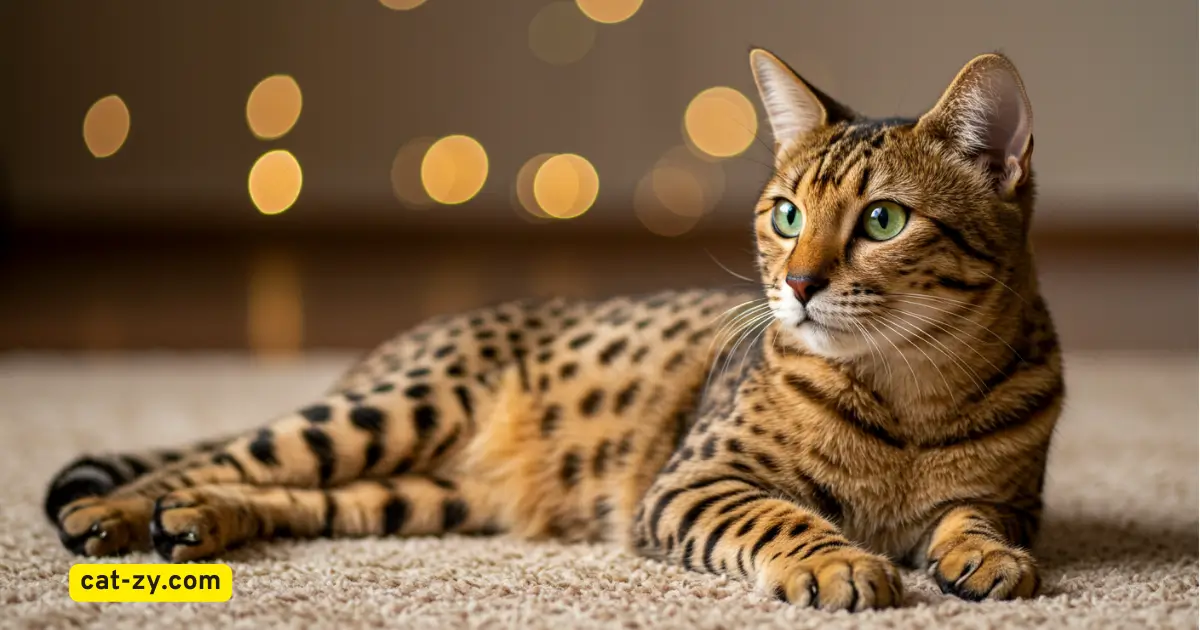
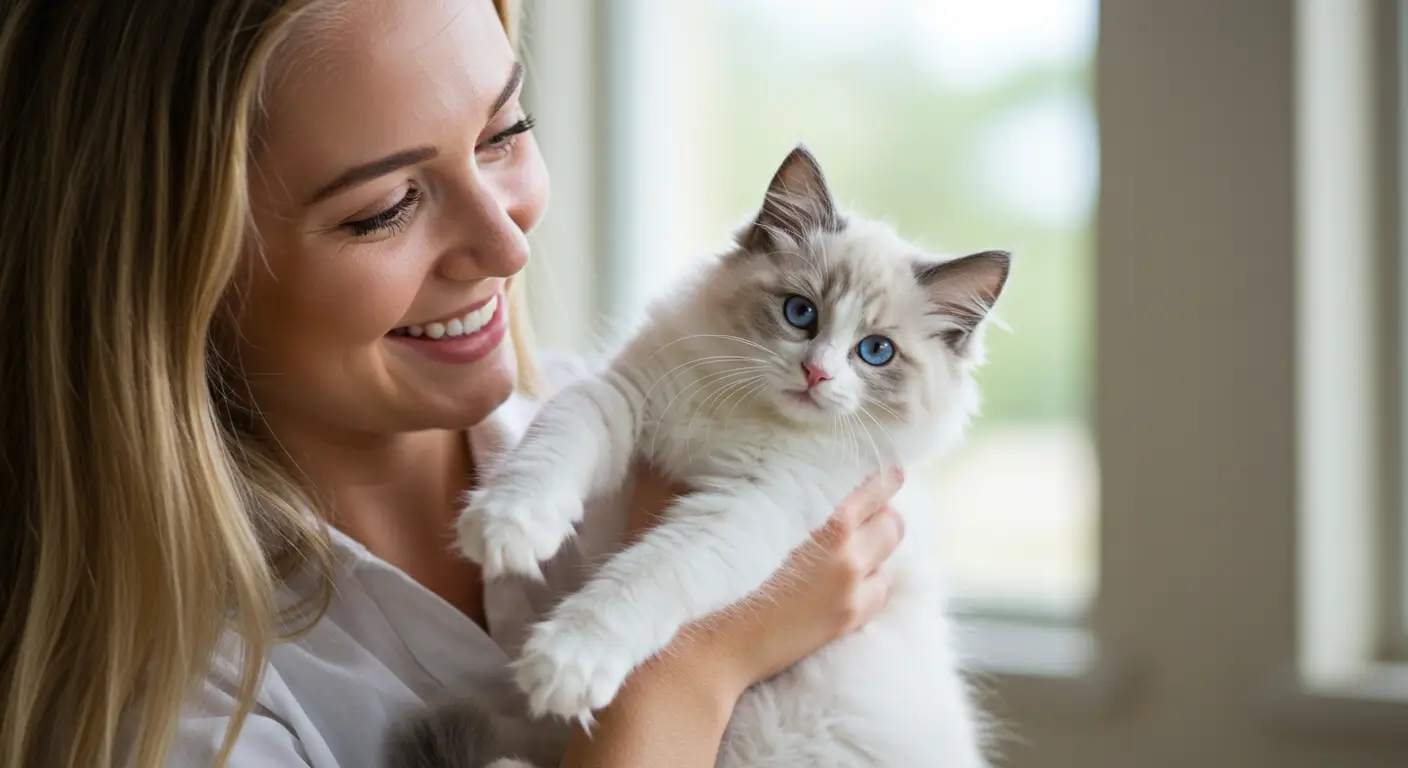
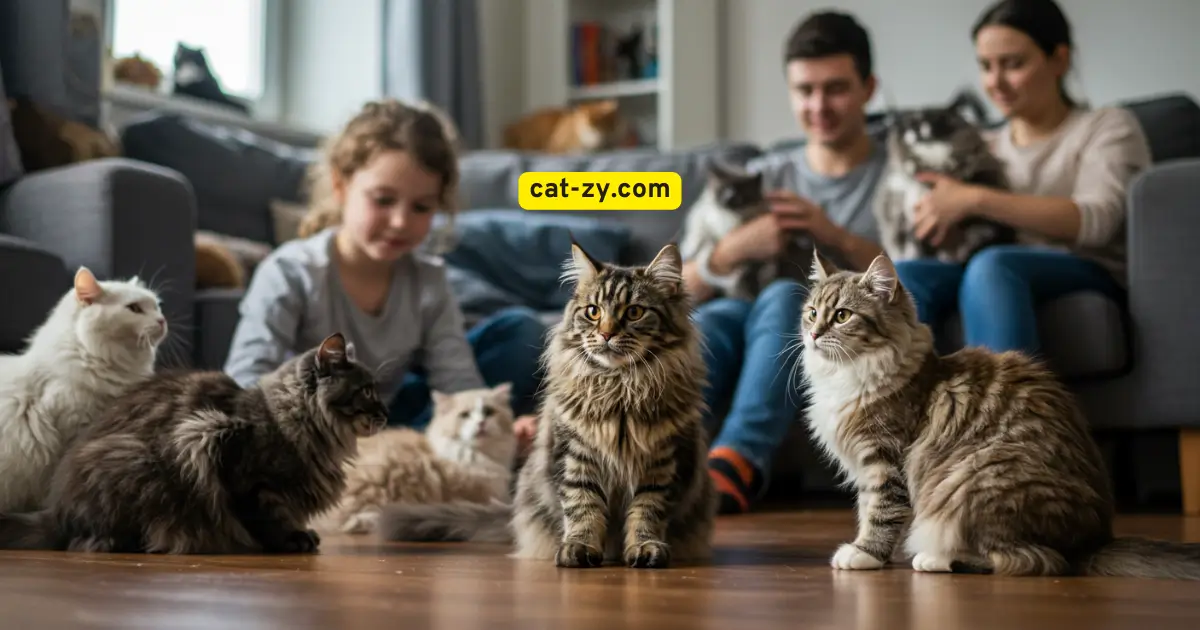
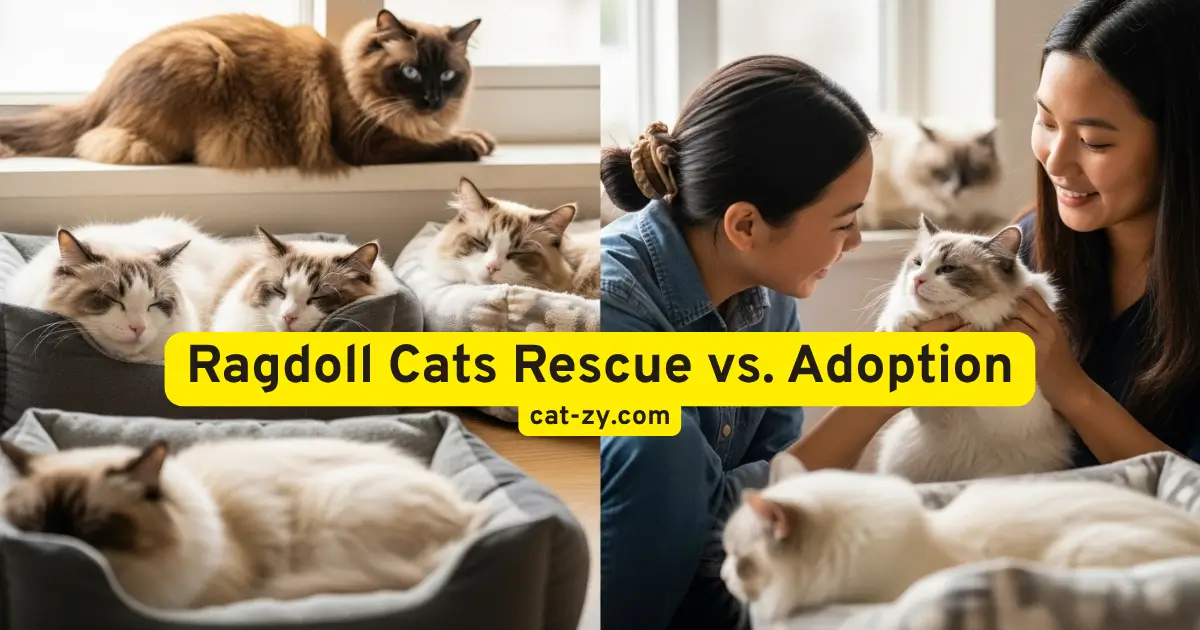
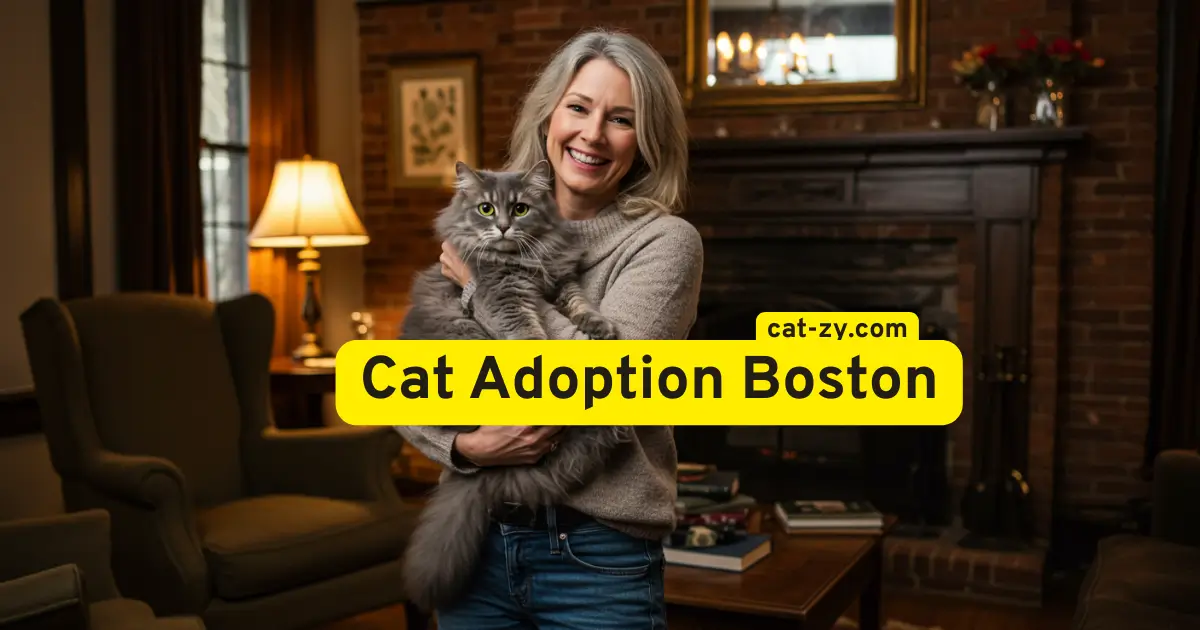
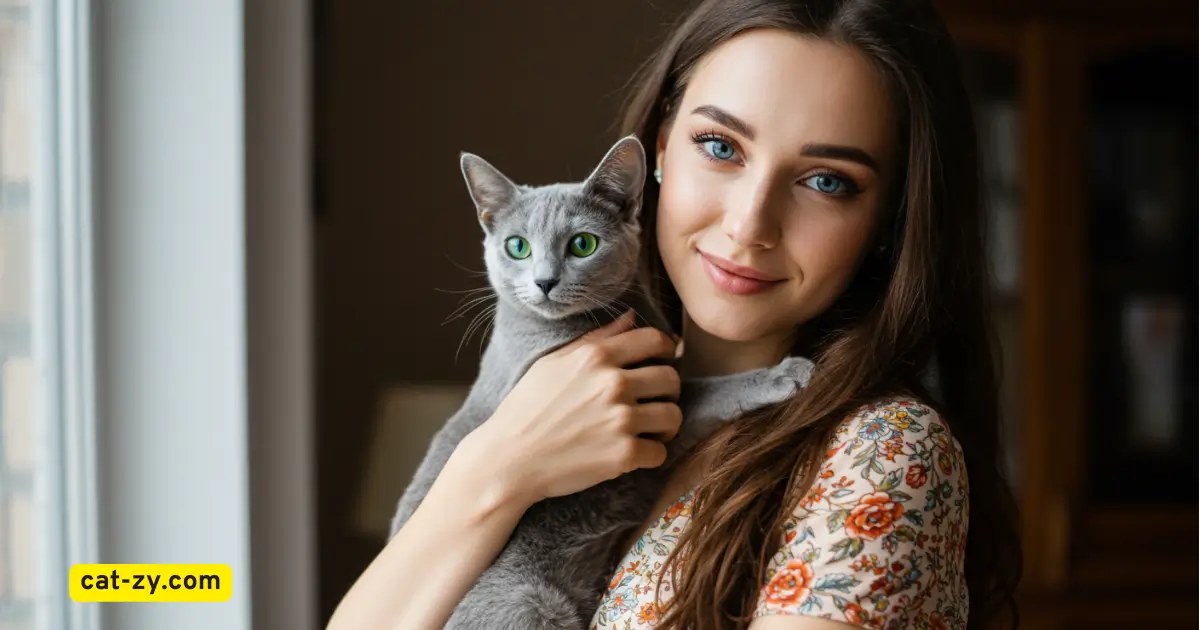
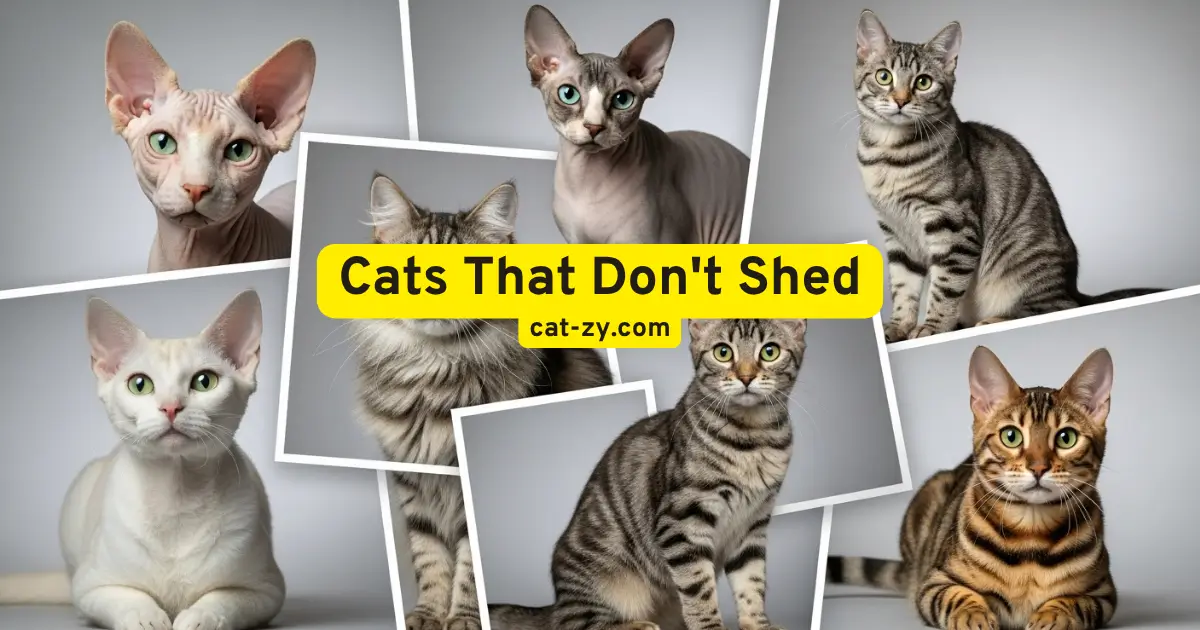

One Comment